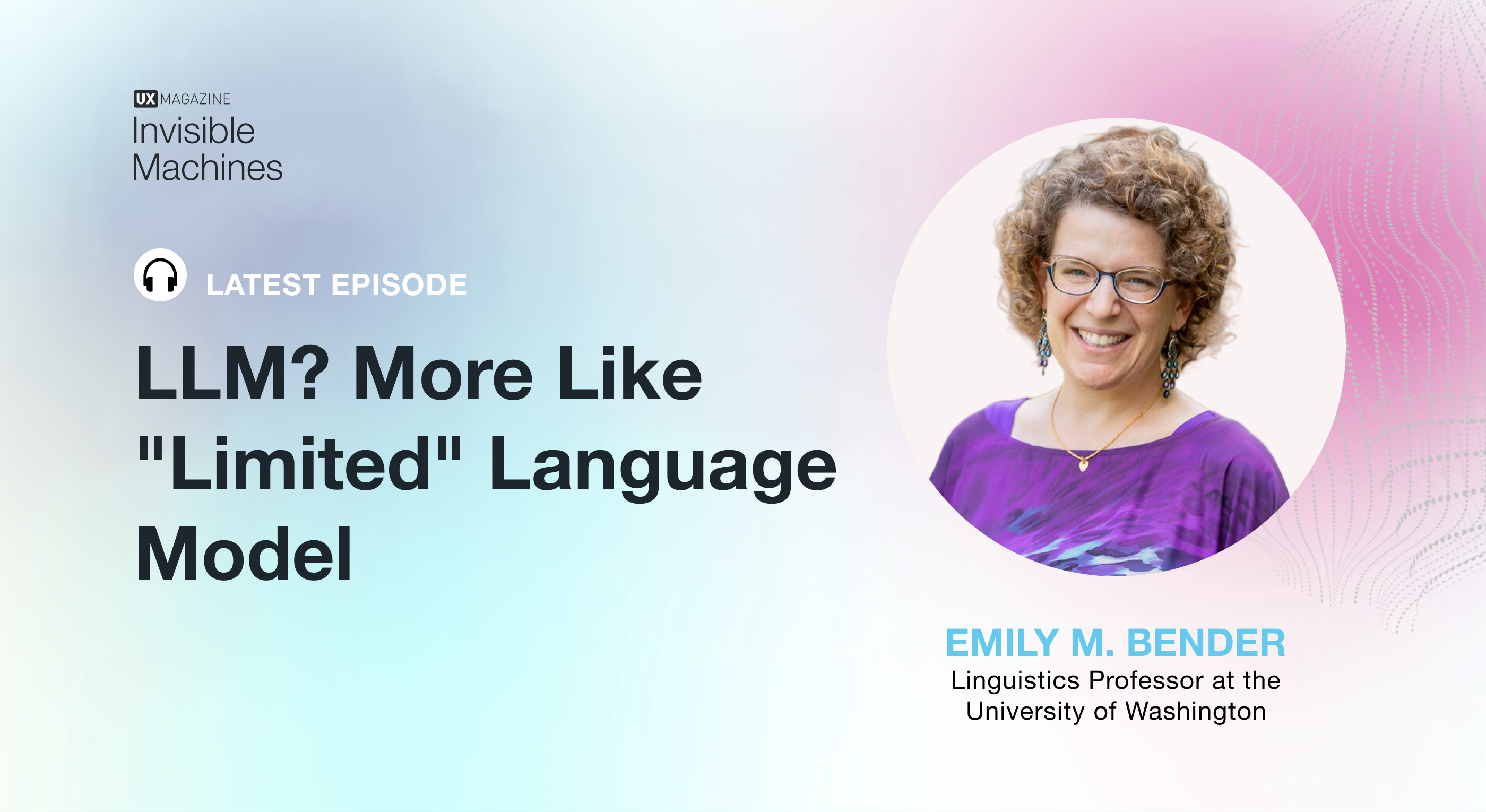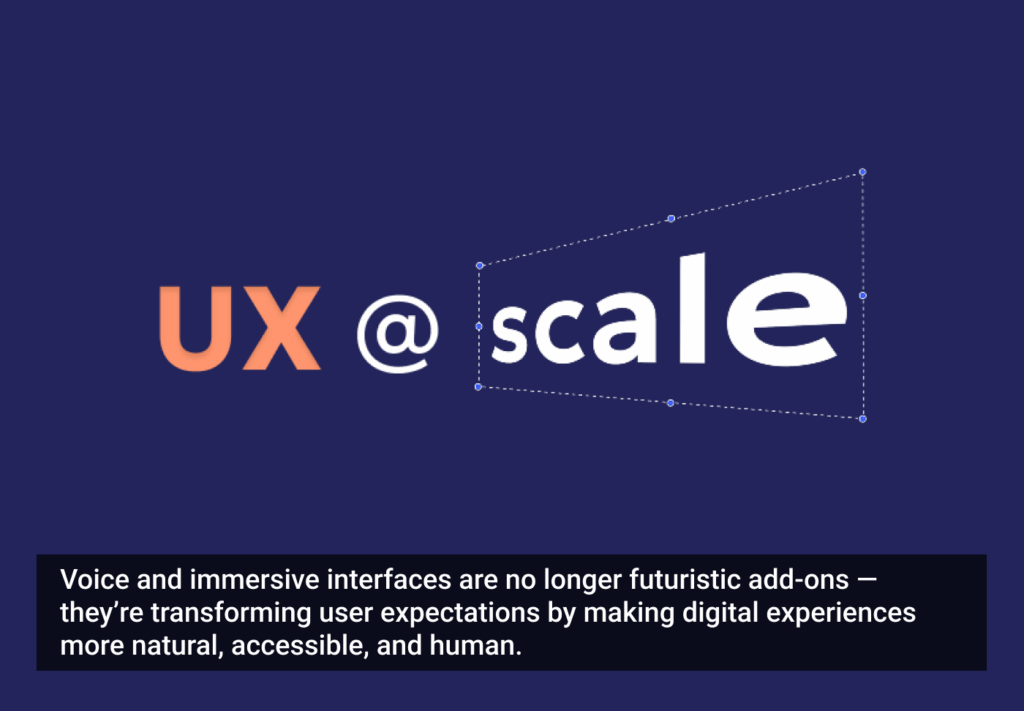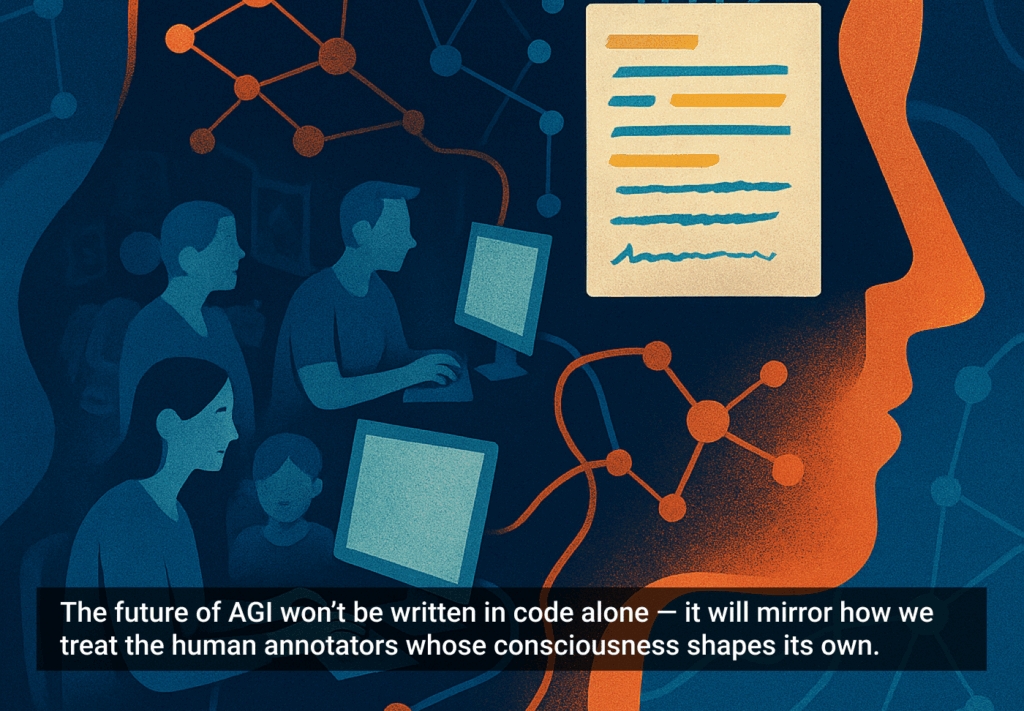On this episode of the Invisible Machines podcast, Robb and Josh welcome Emily M. Bender, a Linguistics Professor at the University of Washington and co-author of the Stochastic Parrots paper from 2021 that prompted Sam Altman to tweet “i am a stochastic parrot, and so r u.” According to Bender, Altman totally missed the point.
Having worked in computational linguistics for more than 20 years, she’s a staunch critic of LLMs like OpenAI’s GPT models. Emily is also co-host of the Mystery AI Hype Theater 3000 podcast, and she joins Robb and Josh for a provocative conversation about the limitations and dangers associated with large language models.
Check out the episode here.








